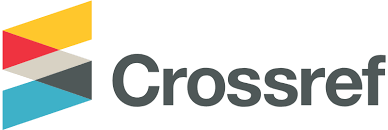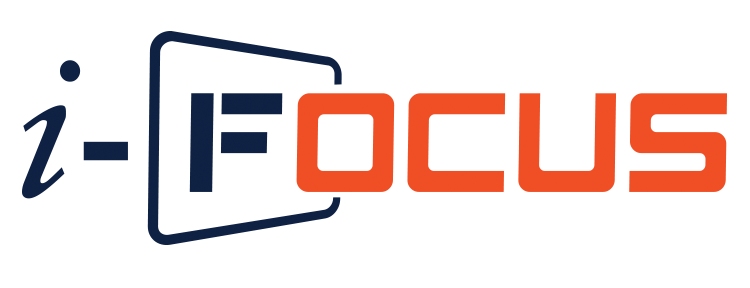A Study of the Tofu Industry Environmental Impact Condition and Scenario Treatment Using Life Cycle Assessment Approach
Abstract
One of the types of tofu industries in Indonesia is that the small-scale tofu industry was located in the East Jombor, Ketapang Village, to be precise, on the Blorong River. The Simplified Tofu Industry, with a 1300 kg/day production capacity, produces liquid waste that is disposed of into the Blorong River with a BOD parameter of 2,726 mg/L, COD of 4,972 mg/L, and TSS of 388 mg/L.These values greatly exceed the quality standards based on the Regional Regulation of Central Java Province Number 10 of 2004 concerning Tofu Industry. The entry of these pollutants into the Blorong River, over time, can cause water bodies to become toxic and pollute the Blorong River. Therefore, one of the efforts to protect this river's environmental conditions is to increase the efficiency of the Wastewater treatment plant and substitute the determined fuel through alternative scenarios. In the MBBR scenario, substituting diesel fuel into biomass is a type of biodiesel. Biodiesel has an advantage for the fire tube boiler industry because it can reduce exhaust emissions compared to diesel. Meanwhile, the existing wastewater treatment is substituted for the MBBR unit. The choice of MBBR as a wastewater treatment unit is because it is economical, does not require large land, is simple in development design, and is accessible in operation and maintenance. In the second scenario (SBR), a transition of Diesel fuel to LPG. LPG as a fuel input in the cooking process will result in cleaner emissions, especially on the SO2 parameter, and better because it has a higher heating value than diesel, 47,3 Tj/Gg. Both scenarios are analyzed regarding the magnitude of the impact on the environment using the OpenLCA method. The resulting impact magnitude on the OpenLCA method from each alternative is evaluated to obtain the best scenario. In the Tofu Industry, the best design the resulting impact is smaller than the SBR alternative.

This work is licensed under a Creative Commons Attribution-ShareAlike 4.0 International License.











